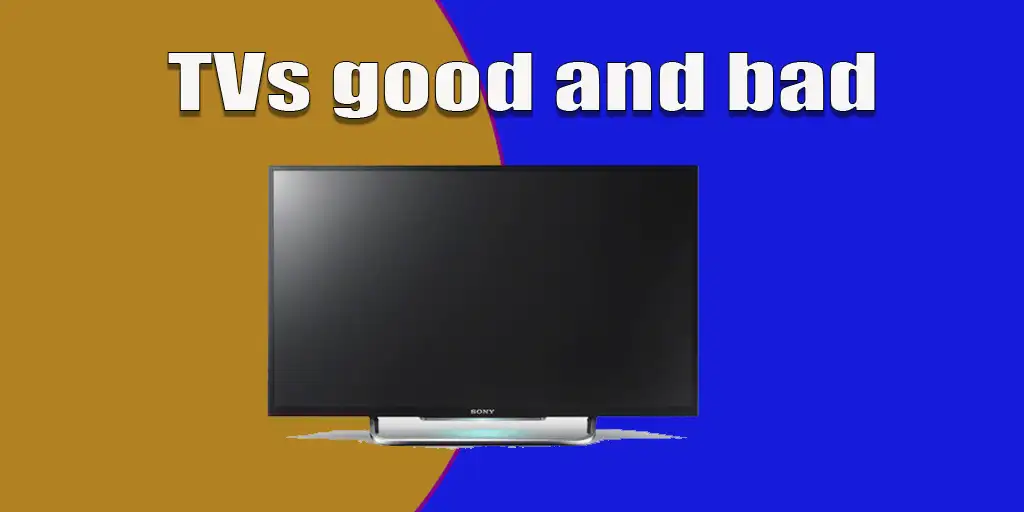The television industry has changed significantly since the early 2000s. In the past, companies controlled the entire process, from development to manufacturing. However, with increasing competition and globalization, most manufacturers now focus on concept development and technology while sourcing components from third-party suppliers and assembling the TVs under their brand. Today, no company manages the entire production cycle, with many relying on external suppliers for key components. For example, Vizio, a major U.S. brand, does not own any factories and relies on third-party assembly.
The Shift to Licensing and TV Assembly
Many companies have stopped producing their own TVs, instead opting for licensing or renting brand names for TV production. This shift was driven by the rise of display technology companies such as LG and Samsung, which overtook Japanese brands like Sharp in the early 2010s. Additionally, the rise of Smart TVs since 2015 led to the emergence of various operating systems, though by 2024, only a few systems dominate the market, such as Android TV, Tizen, WebOS, and Roku TV OS. Vizio’s Smartcast OS has been losing popularity due to its underperformance compared to competitors.
How to Choose a TV: Types of Manufacturers
- Research and development-focused brands – Samsung, LG, Panasonic, Sony, Hisense, TCL.
- OEM assemblers – Vizio, JVC.
- Brands using old names or OEM models – Sharp, Toshiba, Philips, Grundig.
Manufacturers that produce in-house tend to offer better quality and innovation compared to those relying on third-party assembly.
China has become a key player in electronics manufacturing, with many companies like Hisense producing both high-end and budget-friendly models. Most TVs today are made in China, and quality varies widely among brands.
For premium models, focus on brands like LG, Samsung, or Sony, and be selective with Hisense or TCL models, checking reviews and specifications.






